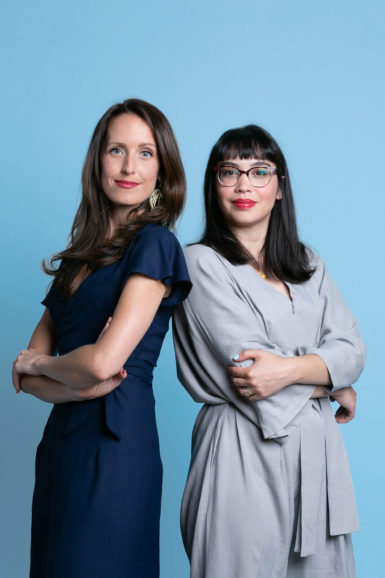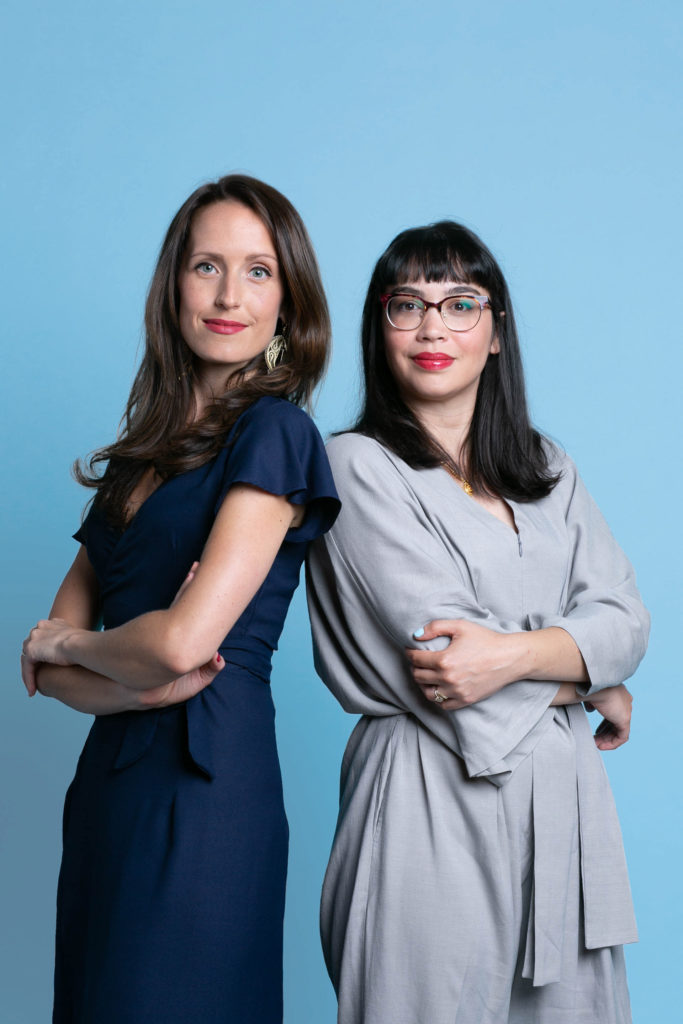[ad_1]

Rebeca Laliberte and Rachel Mijares Fick.
VENKY PHOTOGRAPHY/COURTESY FUTURE FAIR AND VENKATA KRISHNAN GANESAN
As small and medium-sized galleries have shuttered at an alarming rate in recent years, many of their owners have pointed to the high price—and huge risk—of participating in art fairs. Now one startup thinks it has found a more sustainable model for dealers.
Future Fair, which will run May 7 to 9 next year during Frieze New York, plans to bring together a maximum of 36 galleries—a small number for such event—and give them a percentage of its profits. The new venture was started by Rachel Mijares Fick, who has helped produce fairs like Volta and Frieze, and Rebeca Laliberte, a New York–based art adviser who’s worked at galleries in London.
“Coming from a gallery background, I have a huge amount of respect for the work galleries do and the risks they undertake,” Laliberte told ARTnews. “I felt immediately that a model that focuses on the needs of the gallery in this way was really, really exciting.”
The plan is for participating galleries to split equally 35 percent of the fair’s profits after the event each year. They can take the cash, get a credit toward the next Future Fair, or sponsor another gallery’s participation. (The remaining 65 percent of the profits stays with the fair.) Mijares Fick and Laliberte expect that galleries will receive annually somewhere in the “three to four figures.” The profit-sharing program will run for the first four years of the yearly event.
Galleries will naturally only see a payout if the project makes money. “As is the case with many new businesses, our goal for the first year is to break even,” Mijares Fick and Laliberte said in an email. Beyond renting booths to galleries, the fair plans to bring in money via ticket sales and sponsorships, and the co-founders added that they “will be experimenting with additional revenue streams as we develop.”
Each exhibitor will pay $6,500 to $10,900 for rooms ranging from 300 to 700 square feet, which they’ll split with one other gallery. That paired layout “will really allow for deeper engagement with the work and more conversations with dealers,” Laliberte said. Mijares Fick added that their aim is for visitors to “feel like you’re going through a series of salons.”
Future enters a field that has recently seen numerous new enterprises attempt to rework the standard fair business, with Felix LA proposing a return to the scrappy hotel-room fairs of old this past February in Los Angeles, and Object & Thing offering works from a variety of dealers as an exhibition this past May in Brooklyn. In June, a handful of galleries got together to stage work under the name June in Basel, Switzerland, a short walk from Art Basel.
With support from a 13-member advisory board that includes collectors Susan and Michael Hort, independent curator Monique Long, and publicist Allison Rodman, Mijares Fick and Laliberte will invite galleries to participate. Mijares Fick said if any enterprises that weren’t formally invited “feel that their program is in alignment with our ethos, we’ll do the work to review it.” The exhibitor list will be released early next year.
“We think that we need more optionality in the landscape that reflects the diversity of how galleries operate,” Mijares Fick said of the impetus for starting Future Fair. “We really want to keep pushing that needle further as to what our industry can be doing in terms of equitability and transparency with the galleries and also the artists.”
[ad_2]
Source link

